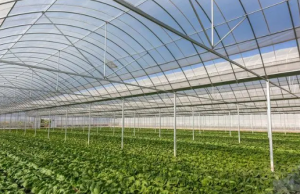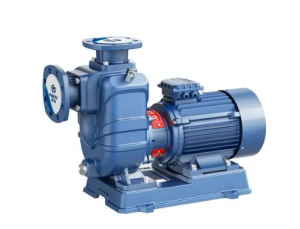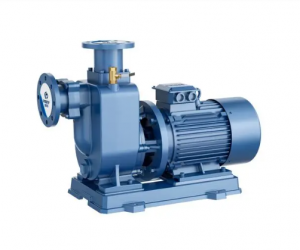According to the U.S. National Centers for Environmental Forecasting, July 3 was the hottest day on record globally, with the average temperature on the earth’s surface exceeding 17 degrees Celsius for the first time, reaching 17.01 degrees Celsius. However, the record remained for less than 24 hours, and broke through again on July 4, reaching 17.18°C. Just two days later, on July 6, the global temperature once again hit a record high, breaking the records of July 4 and 5. The global average temperature 2 meters above the earth’s surface reaches 17.23°C.
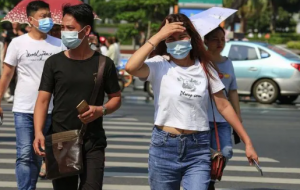
The impact of high temperature on agricultural production
High temperature weather has the greatest impact on agricultural production. High temperatures during the day will inhibit photosynthesis of plants and reduce the synthesis and accumulation of sugar, while at night it will accelerate plant respiration and consume more nutrients from plants, thereby reducing plant yield and quality.
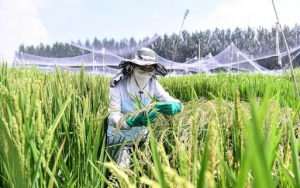 High temperature will also accelerate the evaporation of water in plants. A large amount of water is used for transpiration and heat dissipation, destroying the water balance in the plant, causing the plant to wilt and dry up. If not watered in time, the plant will easily lose water, dry up and die.
High temperature will also accelerate the evaporation of water in plants. A large amount of water is used for transpiration and heat dissipation, destroying the water balance in the plant, causing the plant to wilt and dry up. If not watered in time, the plant will easily lose water, dry up and die.
Response measures
Using water to adjust the ambient temperature of crops is the most convenient option. On the one hand, it can solve the irrigation problem, and at the same time, it can adjust the temperature and provide an environment suitable for crop growth.
1. Northern crops
There are mostly large areas of plain farmland in the north, and it is inappropriate to use shading or artificial watering for cooling. When open-air crops such as corn, soybeans, and cotton encounter high temperatures during their critical growth periods, they should be watered appropriately to lower the ground temperature and promote water absorption to prevent damage caused by greater water transpiration than root absorption.
In the northern areas where the water quality is clear, self-priming centrifugal clean water pumps can be used to help agricultural irrigation. The self-priming pump has a large water storage capacity in the cavity and a high load-bearing level of the water inlet and outlet flanges. It can rely on its superior self-priming in summer when the sun is shining. performance, it can quickly introduce river water into the field, help improve the local climate, and protect crops from high temperature poisoning.
Figure | Clean water centrifugal pump
2.Southern crops
In the south, rice and yams are the main crops in summer. These are crops that require large-area irrigation. It is not feasible to use greenhouse cooling for these crops, and they can only be adjusted by water. When encountering high temperatures, you can adopt the method of frequent shallow water irrigation, day irrigation and night drainage, which can effectively reduce the field temperature and improve the field microclimate.
The cultivated land in the south is scattered and the rivers mostly contain silt and gravel. It is obviously not suitable to use a clean water pump. We can choose a self-priming sewage centrifugal pump. Compared with the clean water pump, it has a wider flow channel design and has strong sewage passing ability. It must be selected. The 304 stainless steel welded shaft can effectively improve endurance and adapt to the morning and evening working conditions in the field. During the day, river water is introduced to help cool down and supplement the water source required for growth. At night, the excess water in the field is discharged with a pump to avoid the death of crop roots due to lack of oxygen.
In recent years, extreme changes in climate have continued to affect production and life. Both droughts and floods have occurred frequently. The role of water pumps has become increasingly prominent. They can quickly drain waterlogging and provide rapid irrigation to protect agriculture and improve farming efficiency.
Figure | Self-priming sewage centrifugal pump
For more content, follow Purity Pump Industry. Follow, Like and Collect.
Post time: Nov-17-2023

